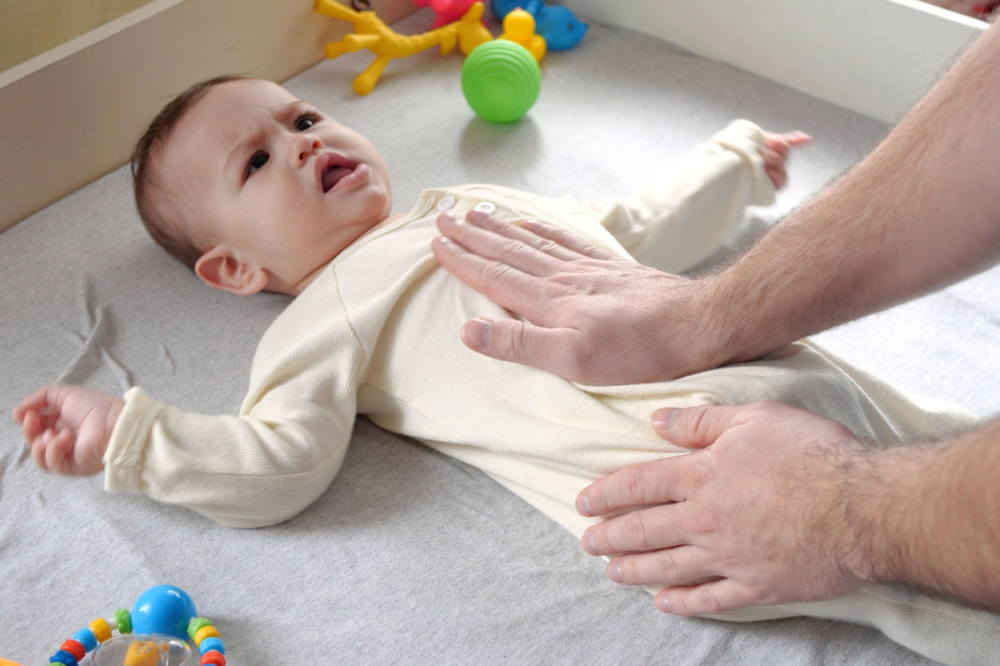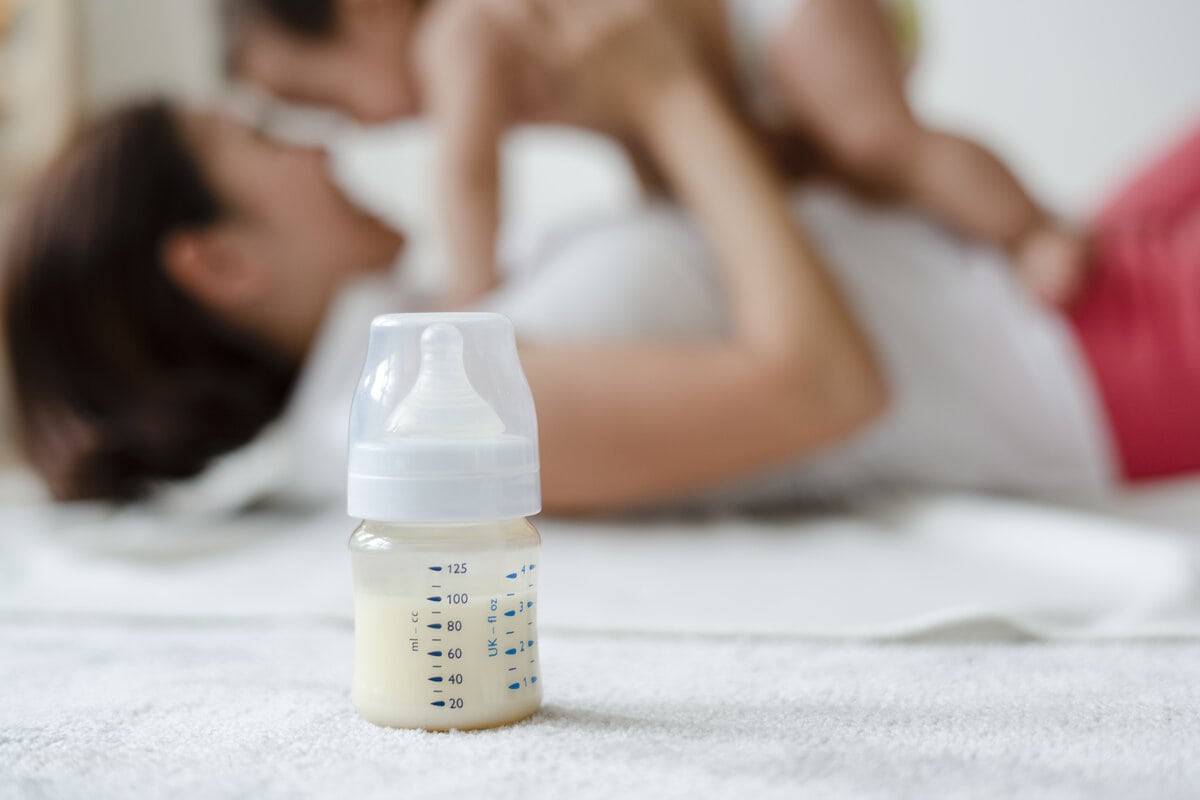Baby colic, how can you deal with them?

Baby colic is a particularly common condition among infants. Despite the intense crying and the discomfort it causes, it is not something to worry nor a disease.
Colic is defined as the intense abdominal pain, accompanied by intense crying due to several reasons. According to reports, about 10-20% of babies have a colic. It usually appears within the first 3-4 months of life and then retreats. The exact causes have not been ascertained, but it is attributed to the immaturity of the intestine, gas accumulation, ingestion and even to the baby’s environment.
Table of Contents
Treatment of colic
Mother and child diet
It has not been proven whether the mother’s diet can affect or even inflict a colic on the infant. According to reports, avoiding certain foods may help relieve colic. Foods that cause gases or irritate the intestine are onions, legumes, broccoli, cauliflower, cabbage, and spices.
If there is any suspicion of food allergy, the pediatrician will recommend mother not to consume the allergen food for a period of time (eg. lactose or gluten). In some cases and if breastfeeding is not feasible, the pediatrician may suggest some special infant milk formulas that reduce the appearance of colic and help digestion. The above milk usually has the symbol AC.
Food supplements
Probiotics
Many studies have shown that the administration of probiotics and prebiotics through milk or supplements can significantly help in relieving colic. Probiotics are friendly microorganisms that naturally colonize the gastrointestinal tract, help assimilate food components, absorb nutrients and ameliorate bowel function. In market. there are available probiotic supplements in liquid form for infants. They contribute to the maintenance and rehabilitation of the intestinal flora in cases of autoimmune diseases and gastrointestinal disorders.
Simethicone
Colic, most of the time, is due to accumulation of gases in the intestine, which in turn cause pressure and pain. Simethicone is an adsorbent molecule that reduces the gases formed in the intestine, thereby relieving flatulence and discomfort. Its use is absolutely safe and is usually consumed before meals or sleep.
Proper breastfeeding
Gases are formed in infants, either due to incomplete digestion of food or to ingestion of air during breastfeeding. If the baby breastfeeds, then ensure that after breastfeeding, your baby belch. If your baby is drinking milk from the bottle, you should initially take care your baby not to drink it very quickly and that the nipple of the bottle fit in the mouth.
There are special baby bottles and pacifiers made from silicone that reduce airflow. Prefer to feed your baby in the upright – vertical position to facilitate feeding.
Creams – gels and massages
Accumulation of gases in the abdomen causes pain. There are many gels that contain essential and softening οils, like almond, calendula, and chamomile, the application of which combined with a gentle circular massage helps in the intestinal motility, relieves pain, and facilitates excretion of gases.
Warm bath
Warm water relaxes, relieves and calms your baby. If it is not possible to have a bath, alternatively, you can wrap your baby or use a hot water bottle.
Exercises and stretching
There is evidence that exercise and stretching help in bowel motility and pain relief. However, as infants can not step on their legs, you can lie them down and push their legs on their chest and then return them back. The above movement helps the gases which are trapped into the large intestine to be eliminated much easier.
In Vita4you you can find a great variety of supplements and creams to relieve colic.
Disclaimer
The content of this blogspot is not and can not be considered as medical advice, diagnosis or treatment. All information is provided to readers solely for informational purposes. There is no intention to substitute this content for personalized medical advice, diagnosis, prognosis or treatment.














Leave a comment